Interview with Martin Jonikas, PhD
Dr. Jonikas is an assistant professor in the Department of Molecular Biology at Princeton University. His lab studies the carbon concentration mechanism in the unicellular model alga Chlamydomonas reinhardtii. Recently, his lab showed that pyrenoid bodies in unicellular algae are phase-separated compartments within the chloroplast. This was a monumental change to the preexisting notion of these organelles as crystalline solid structures. Before moving to the east coast (of the USA), his lab was based in the Department of Plant Biology, Carnegie Institution for Science, on Stanford Campus, where he was an independent investigator. While at Carnegie, his lab developed an extensive collection of insertion mutants for Chlamydomonas. This resource has helped Chlamydomonas be closer to a true “green yeast”. Prior to starting his own research group at Carnegie DPB, he graduated from UCSF. As part of his doctoral work, he developed a comprehensive list of genes involved in protein folding in the endoplasmic reticulum using yeast as a model system. Interestingly, Dr. Jonikas is an MIT-trained Aerospace engineer. You can find him on Twitter @JonikasLab
In this wide-ranging interview, he talks about various aspects of being a scientist and a mentor.
http://jonikaslab.princeton.edu/people/martin
Lab: http://jonikaslab.princeton.edu/
Google Scholar: https://scholar.google.com/scholar?hl=en&as_sdt=0%2C28&q=martin+jonikas&oq=
Vilcek award: https://vilcek.org/prizes/prize-recipients/martin-jonikas/
Interviewer: Dr. Jithesh Vijayan, is a postdoctoral fellow in the lab of Dr. Rebecca Roston at the Department of Biochemistry, University of Nebraska-Lincoln. He is also an ASPB Ambassador and serves on the program committee for ASPB- Plant Biology meeting 2021/2022. You can find him on Twitter @vt_jithesh
Timeline
- How did a MIT-trained aerospace engineer end up becoming a geneticist? (2: 40)
- What inspired Dr. Jonikas to transition from yeast to algal biology? (4.52)
- How did he take on a tedious task of generating a 60,000 mutant library for Chlamy, given that he has just started as an independent researcher immediately after obtaining his PhD, and that Chlamy is not as malleable a model organism when compared to yeast? (7. 04)
- How do you convince your postdocs (researchers in general) to take on high-risk high-reward projects such as generating an interactome, or mutant library? 8.53
- What is the current work the lab is working on? 10:17
- How did you get into the algal CCM? 12:40
- What are your goals in studying the algal CCM? 15:25
- How do you manage time? 18:27
- What is your mentorship mantra? 20:50
- His take on his mentorship ideas. 23:25
- His take on a lab environment and building a positive ecosystem. 25: 07
- What are the qualities in your lab members that you look for, and what intrinsic qualities have led them to be successful? 27:30
- Who are the mentors who influenced you? 32:02
- His insight on skipping the conventional postdoctoral training- good, great and not so good of this route. 34:22
- Would he recommend this route to others? 38:01
- His suggestions for anyone who wants to skip the postdoc training or keep it minimal. 40:20:
- Words of wisdom for grad students, postdocs, asst profs.
Sidenote: profile of Dr. Joanne Stubbe
https://nationalmedals.org/laureate/joanne-stubbe/


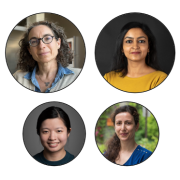
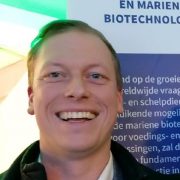
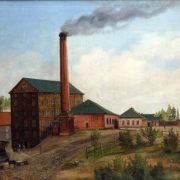
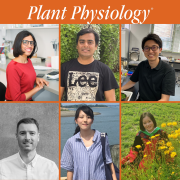

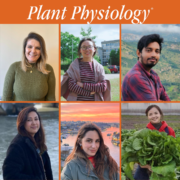

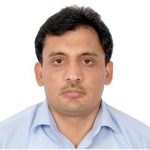
Leave a Reply
Want to join the discussion?Feel free to contribute!